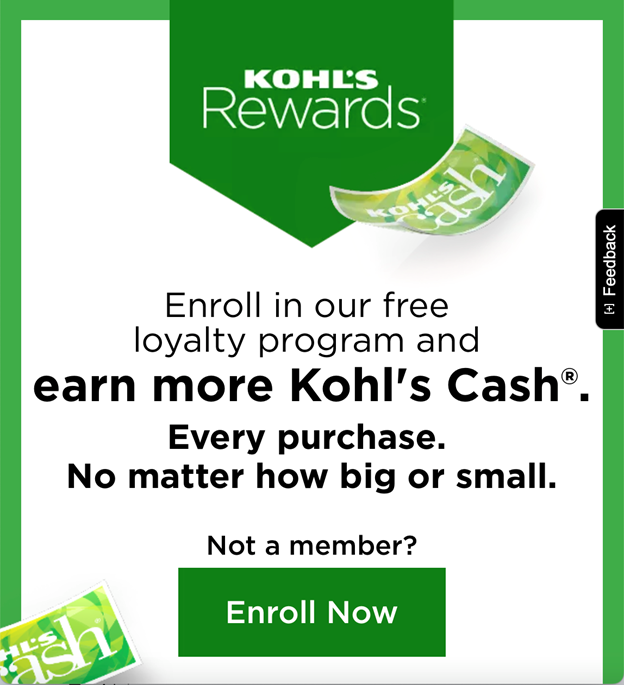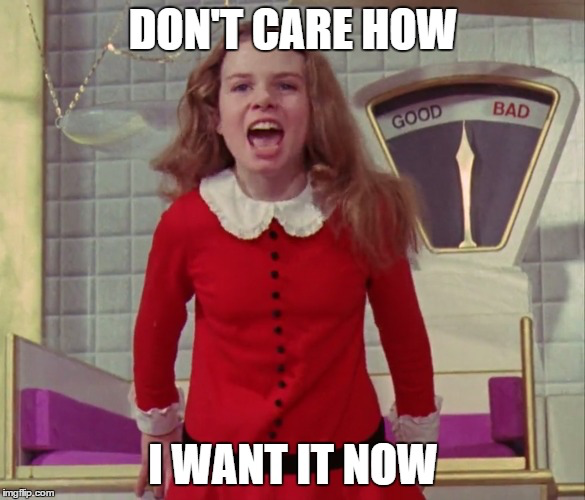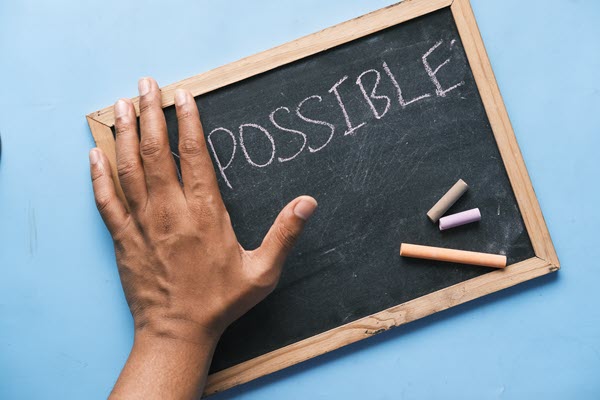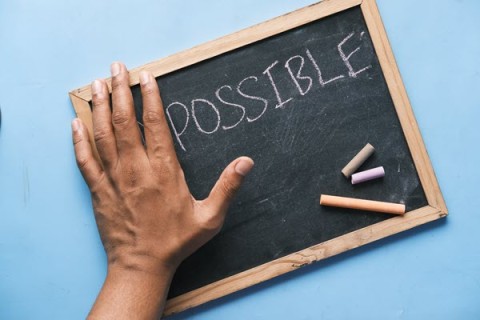Recession-proof Your Deliverability
With a near certain recession in the future, at least according to the Bloomberg Economic Model, a lot of uncertainty hovers in the air for businesses, individuals, and families. 2023 may feel like the start of yet another bleak year, sweeping layoffs in Big Tech at the end of 2022 from Twitter, to Meta, to Amazon, and more. A war in Europe that continues to rage and put a tax on energy resources and the economy. Tumultuous political climates. Inflation. The current bear market. Oof, heads are likely spinning.
So what does this have to do with email? If the past 3 years haven’t made it clear yet, email is resilient and is the base businesses need to stay on top of their marketing and communications. The pandemic led to a rekindling love affair of sorts with email and some 55% said they were emailing more according to Pathwire.
The need to communicate is an evergreen tactic. making email nearly recession-proof. Factor in its reach and low cost and it’s even more important to a marketer’s stack.
And even if we aren’t officially thrown into a recession, there is still a lot going on and changes are bound to happen again. Look at MPP and what it did to how marketers measure performance and how journeys work.
So recession-proof email does not equate to recession-proof deliverability.
Changes in the greater environment inevitably lead to changes to how marketers market (regarding what to communicate and how), how customers use their devices and consume email, and how spammers adjust for vulnerabilities, and how mailbox providers adjust to it all.
Changes in who you target, how often you reach out, your volumes and messaging greatly impact your deliverability in both positive and negative ways. This is especially true if the change is sudden and the behavior deviates from what the mailbox providers expect from your streams and what they see from your activity today.
So what should you keep in mind as we move into the new year? Be a good steward for your customers and the mailbox providers handling the mail. Deliverability is greatly driven by happy customers, which leads us to what to consider moving into 2023:
1. Don’t react in haste
When you watch professional sports, the opposing team's scoring can be stressful for the spectators, but the dialog from the commentators focuses on a big-picture strategy? And it’s reflected in the coach’s behavior. They don’t go marching in, throw their hands up, and make drastic changes. They continue. They watch. They analyze. Then they slowly make adjustments to address team fatigue and lack of effectiveness. An instant substitution could take out your star player before you determine if it was a bad play or a bad day.
Your programs should be adjusted over time as well—anywhere from a couple of weeks to a couple of months. This goes for volumes, domain and/or IP changes, content, branding, everything. This not only transitions your customers, but the filters at the mailbox providers.
If you are doing well today, don’t just up and change them for fear of what’s to come. Watch them carefully, plan for the ‘long game’ as Al Iverson tells me. Look at your successes and compare them against what’s shifting to see if there are learnings you can apply elsewhere.
2. CONTENT drives action, but the wrong TONE can grind it to a halt
Tone is a vital aspect of all communications from marketing to family to friends to emergencies and more. Strike the wrong tone and not only can you drive a poor performing campaign and generate complaints (bad for deliverability), but you may even sacrifice loyalty from those that keep your program’s deliverability healthy (you know, the ones that engage repeatedly and positively.)
As the recession looms, keep in mind those that lost their jobs or businesses that may be slowing. As with how email shifted during with the pandemic, marketing and sales doesn’t have to be the #1 communication going out. What else can your brand offer that goes beyond sales—newsletters, information about, community service and who can help or who can benefit, etc.
Think about how your brand can interact and offer value to those that may not be able to spend right now. Then when they are ready to spend, your brand hasn’t gone quiet, but is still top of mind.
3. Partnerships open you up to new purpose and audiences
Find new ways to work with partners and provide additional value to your customers to keep them engaged regardless of their situation. I still find the Subaru Loves Pet initiative to be one of those “that gives you the feels!”
Your current audience isn’t your only audience. Jeep’s Volta Charging station marketing was brilliant as it showcased its new electric vehicle at charging stations, where owners (and potentially new shoppers) of electric vehicles will inevitably make their way. It’s simple partnerships like this that are so natural, but give you that “AHA, brilliant!” moments.

Image courtesy of MediaPost’s article
If you can understand how your customer uses your product you can find similarities with other products that may be able to create a harmonious partnership, expand your audience, and give more purpose to your communications.
4. Preference centers are better than a lost customer, plus they can give you data!
Preference pages are a recommendation that is thrown around a lot, but I don’t see them a lot. That could be due to resources required to build it or some may even argue, it doesn’t really help the customer experience and adds friction to the onboarding process.
So why bring them up? In times where customer loyalty is tested due to outside forces, choice may be just what your customer needs. Plus it gives you information so you can optimize how you look at your database when you consider expanding (because I have yet to talk to a marketer who has not been asked to expand their audience) so you don’t drive up complaints for reaching out to those that need a break or a reduced cadence.
And preference pages don’t have to be dull or complex, they can be simple opt-down pages that allow your customers to hear less from you or to request a different kind of communication.
5. Customize offers based on loyalty and propensity to spend
Loyalty programs are an avenue to either revisit (do they need a fresh coat of paint) or stroll down if you haven’t yet. Loyalty programs should begin at the start of a relationship with clear expectations and rewards.
You can use loyalty programs to collect more first-party data so you can more effectively target and send more personalized and relevant messaging (win for deliverability). And when you build your loyalty programs around the customer, it won’t just revolve around ‘quick customer wins’ like steep discounts. Instead, you’ll be offering something that not only satisfies customers immediately, but keeps them coming back.
Kohl’s is a good example where they constantly get rewards, those rewards are redeemable within Kohls and are valuable enough to not only elicit a desire to earn them, but keeps the shopping within Kohls.

6. Expand your customer service with chatbots
As humans, we’re hardwired for instant gratification. We want it now!

That tends to go for many things. It’s why…
- You keep looking over your shoulder after you order your food…is it here yet?
- You may select the faster shipping (at least the fastest you can afford) so you can get that shiny new thing ASAP.
- You take shortcuts on the way home.
- You binge watch shows.
- You move quickly from sites because you aren’t finding what you want fast enough.
It’s a powerful driver. The use of chatbots can help potential customers at the top of the funnel find the answers or products they want now. It can help your current customers at the bottom of the customers quickly address a concern about their order.
How does this tie into deliverability? It’s all about the experience and keeping them coming back. Not only do your emails have to get the attention of your customers, but so do the offerings and service on your site. If they don’t, then a lot of what you do in email, even if amazing, will not drive the ultimate KPIs you need to drive engagement and a wanted email program - the ultimate key to unlocking deliverability.
7. Authentication is not enough
Finally, but certainly not least. AUTHENTICATION. After reading this, your first homework assignment is to check your authentication. You can do that by checking your email headers or use header analyzer tools to do the heavy lifting.
The first thing you should look for…does my authentication pass? If yes, you are on your way, but that is not enough. Your authentication and the domains used to authenticate SPF and DKIM need to match the domains you are sharing with your customers in the Visible From Address. Yes this is closely tied to DMARC, but not all providers support DMARC so before you can even consider a DMARC record, you need to make sure everything is aligned, in other words, matching.

Why? The more signals you can tie to your stream that identify it as yours and you can wipe away any signals that could factor in from other senders via shared domains, the better. I worked with a number of strong senders this year, but they were struggling with inboxing. The biggest change we made to their program wasn’t targeting, it was around authentication and branding. In one case, after only updating the authentication, the open rate jumped nearly 100%.
At the end of the day, when you boil these tips down, you are left with a program that is about a relationship (and best practices of course.)
If you are looking to craft an email program that can withstand how tumultuous life can be, build one that is lasting, in the same way you work to build business relationships, family, friends, and any connection that you don’t want to throw to the curb. A healthy relationship builds and maintains healthy deliverability.
 Photo by Towfiqu barbhuiya on Unsplash
Photo by Towfiqu barbhuiya on Unsplash

 How to resolve AdBlock issue?
How to resolve AdBlock issue? 
 Jennifer is an email geek through & through. She has been a champion of email best practices, fighting abuse & helping good senders navigate the often choppy waters of email for 17+ years.
Jennifer is an email geek through & through. She has been a champion of email best practices, fighting abuse & helping good senders navigate the often choppy waters of email for 17+ years.